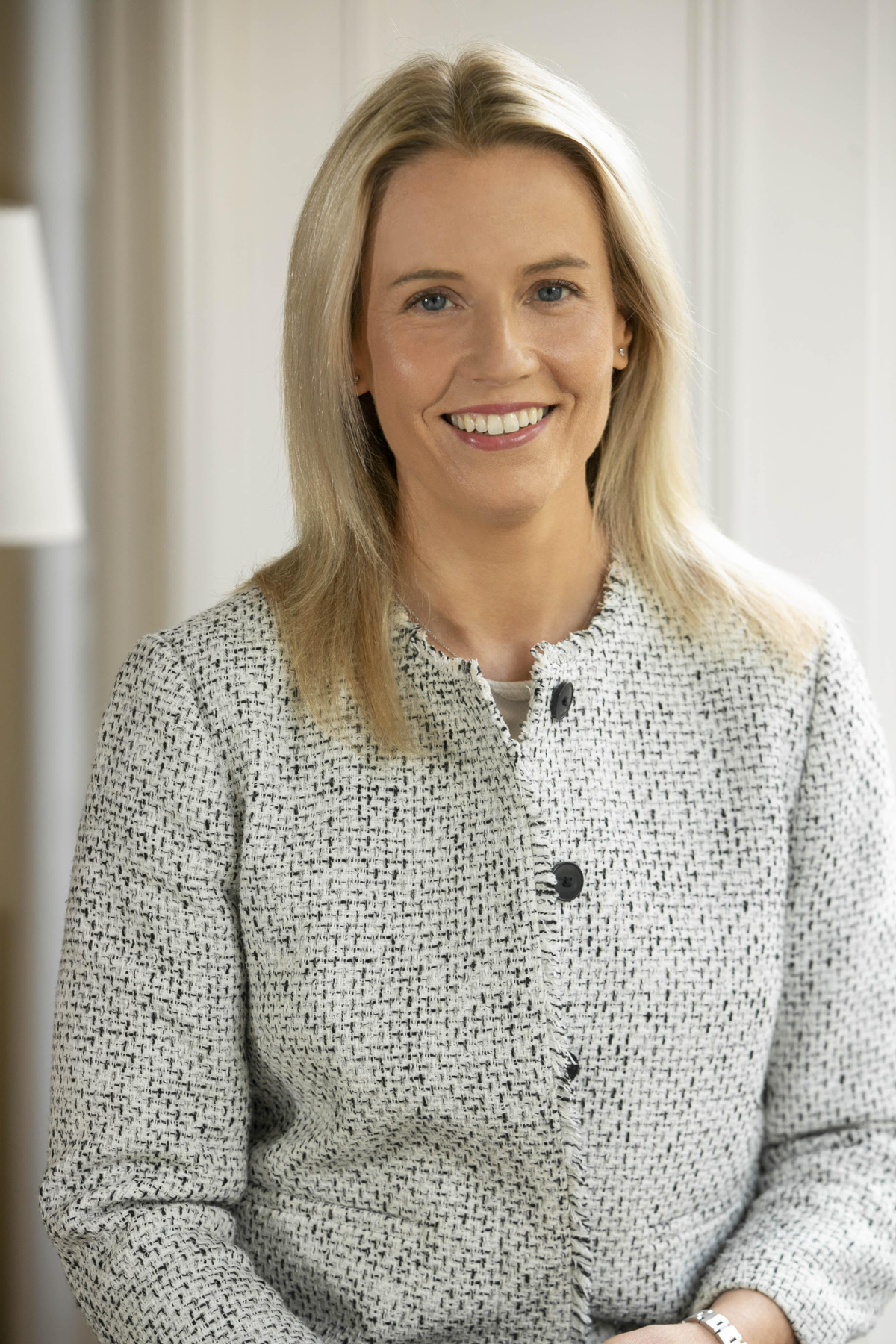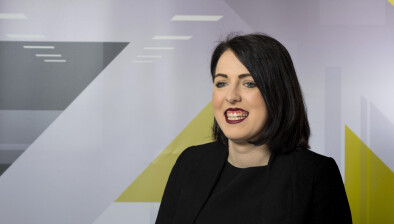Blog: Scottish gyms shaping up to reopen in September 2020

Carly Forrest
Carly Forrest, Lauren Kerr and Craig Fulton of Brodies look ahead to Scottish gyms reopening in September.
When social distancing measures were introduced in March, we were only allowed to leave our homes for four reasons: medical needs, shopping for basic necessities, travel to and from work (if necessary) and exercise. As sports facilities closed, living rooms turned into fitness studios, two litre bottles of water (or wine!) became dumbbells and virtual workouts became the new normal for those looking to stay fit.
For the time being indoor sports facilities in Scotland must remain closed. The Scottish government has announced an indicative date of 14 September 2020 yet in England from 25 July 2020 indoor sports facilities have been able to open. The UK government has updated its guidance to help ensure they can do so safely.
For those north of the border chomping at the bit to get back to the gym it looks like we are going to have to do a few more virtual sweat sessions from our own living rooms but when gyms finally do reopen in Scotland, what measures will be in place to ensure they are COVID-19 safe?
The following guidance covers some of the health and safety considerations those operating in the fitness industry might want to think about while planning to re-open.
Risk Assessments
Employers or operators of sports facilities have a legal duty to protect staff and users from risks to their health and safety. Sports and leisure facilities come in all shapes and sizes so it is important that an appropriate COVID-19 risk assessment of the facility itself, as well as the activity, is carried out. This involves identifying potential risks presented by COVID-19 and taking active steps to mitigate those risks effectively. The COVID-19 risk assessment should be carried out in consultation with staff (if applicable) and reviewed regularly. It should be made available to staff and users to ensure they are aware of the measures in place and what actions they need to take to reduce the risk of infection transmission.
It is important to note that health and safety obligations have not been relaxed as a result of COVID-19 therefore, failure to complete a COVID-19 risk assessment or failing to put in place measures to manage the risk of the virus will breach health and safety laws.
Keeping staff and users safe
Contact should be minimised. Staff and users should be informed about visiting the premises prior to and on arrival. Handwashing and hand sanitiser facilities should be provided. Staff and users should be encouraged to have good hand hygiene. The use of contactless payments and online booking systems should be encouraged. Consider PPE and for example whether masks should be used in situations where staff require to interact with members.
When moving around the facility, visual aids should be used to mark out the required social distance requirements. You should also consider the flow of people through the facility and how this can be adjusted to reduce congestion for example with additional entry and exit points and managing queues outside.
Social distancing should be maintained at all times. To ensure compliance consider suspending or modifying activities that cannot be undertaken without breaching social distancing guidelines. Encourage, if possible, the use of outdoor spaces, and where possible adapt the space and layout of gym equipment. This can be achieved by moving equipment, utilising screens to separate equipment or taking equipment out of use completely.
There is an increased risk of transmission in changing rooms so they should only be used if essential. Measures such as limiting the use of lockers or removing the use of showers should be considered. Users should be encouraged to shower at home. If changing rooms are used social distancing should be maintained.
For staff, implementing measures to enable social distancing such as staggering arrival and departure times, providing additional parking or bike-rack facilities and having more entry points to reduce congestion should be considered. Workstations should be assigned to an individual and set up in a way to maintain social distancing. If this is not possible, then it should be shared with the smallest number possible or consideration given to whether that station should be used at all. To ensure compliance, you should review layouts, use floor tape as a visual aid to show the recommended distance, refrain from face-to-face working, use screens or barriers and use a pairing system for those who have to work in close proximity.
Capacity levels
The guidance recommends that capacity levels should be managed to ensure distancing is possible. Maximum capacity should be based on the government requirement for social distancing, nature of activities and equipment layout/configuration of facilities. Steps include limiting the number of users in the facility, reducing class sizes, amending class timetables and allowing sufficient time between classes both to ensure equipment can be cleaned and to prevent people waiting in groups. Some gyms have developed Apps to allow users to monitor maximum and actual capacity. This allows the user to visit at a quieter time if they wish.
Ventilation
Good ventilation will play an important part in mitigating transmission of the virus. The guidance suggests measures such as reducing the maximum occupancy level and ensuring the ventilation system provides 100% fresh (not recirculated) air. You may also want to consider increasing the ventilation rate, operating the system 24 hours a day and changing the filters more regularly. Further information on air conditioning and ventilation during the coronavirus outbreak can be found on the HSE website.
Cleaning
Before re-opening, you should ensure that any site or location that has been closed during lockdown is clean and ready to restart. Consider if you need to service or adjust any systems and prior to the re-commissioning of swimming pools, take advice from the Pool Water Treatment Advisory Group. You should ensure that the facilities are kept clean by following rigorous cleaning regimes for all work and communal areas as well as equipment. Anti-bacterial spray should be provided for users to wipe down any equipment they have used. Visual aids can be used to emphasise the importance of cleaning equipment after every use. If equipment cannot be cleaned after each use, then it should not be used. Please note there is specific guidance if you are cleaning after a known or suspected case of COVID-19.
Although users should be encouraged to shower at home, facilities must remain available for those with disabilities or special needs. It is vital that if changing rooms are used then an appropriate risk assessment is in place and the area is cleaned regularly.
Consideration should also be given to ensuring that all water facilities are safe to use after a prolonged facility shutdown to minimise the risk of legionella and other diseases associated with water. For more information regarding the risk of legionella following reopening, please see this article by my colleagues. Similarly, it is advisable that any system that has been wholly or partly shut down, such as gas or electricity, should be checked by a qualified person before reuse.
There is no denying that the current situation is unprecedented, but legal responsibilities continue. We anticipate the Scottish government will issue guidance in the coming weeks but in the meantime if you are an employer or operator of a sports facility and you need help in understanding the duties owed to staff and users as you prepare to re-open please feel free to get in touch.

Carly Forrest is a partner, Lauren Kerr is a senior solicitor and Craig Fulton is a trainee at Brodies







